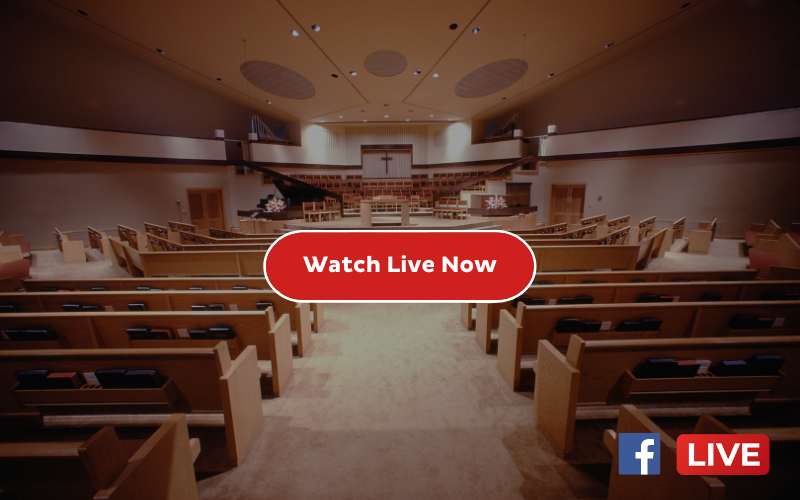Grief in the Time of COVID-19

In early April, Maura Lewinger, a mother of three from New York, told CNN about saying goodbye to her 42-year old husband over FaceTime as he died from coronavirus in the hospital. Unable to be with him at the bedside because of the danger, she, like thousands of others, faced the most difficult moment of her life, and that of her husband, separated by a screen and hundreds of miles. Lewinger is far from the only one who can tell this story. With the COVID-19 death toll in the United States at over 80,000 as of mid-May, we are witnessing an extraordinary onslaught of severe illness and death.
The world has only just begun to experience the collective grief that we are all facing—and because we’re self-isolating and avoiding crowds, we won’t be able to practice the rituals that help us process this difficult emotion. We won’t have access to typical kinds of grief support. We don’t even have the language to describe it.
Grief left untended has long-term consequences to mental, emotional and physical health that could impact individuals and communities far into the future. Complicated grief presents with extended time periods of heightened experiences of bereavement that disrupt normal functioning and sometimes include suicidality. The pain of loss is real, and we have yet to scratch the surface of understanding how this will look in a post-COVID-19 world.
With family and friends unable to say their final goodbyes, nurses and doctors are left to fill the void by holding the hands of a stranger and joining virtual family meetings in which they discuss end-of-life care or relay the news of a death. The toll on these clinicians, who may not be trained in grief counseling—and who are also carrying their own burdens of stress and sadness—could be enormous. Meanwhile, those who are trained, including palliative care and hospice teams (which tend to be in limited supply at the best of times), are overstretched beyond their capacity to be of comfort.
Often, for loved ones to begin the grieving process, being present with the dying person allows them to psychologically process the finality of the loss, including some of the messier emotions, like feelings of denial and guilt, which can be quite common. Without this experience, they may feel like there is no closure. This is only further complicated by the fact that there are currently no gatherings for funerals or rituals that are typically the next stage in the grieving process: seeing a casket lowered into the ground; the process of sitting shiva or holding a wake; having people visit your home, being with you and sharing memories about the person are all therapeutic steps that we will forgo.
Just as we have with socializing and working from home, we need to learn new ways to mourn. Fortunately, technology has started to fill in some of the gaps for us and creative solutions to connect with the community at a distance are beginning to emerge. LifeWeb360, an online platform for creating memorial scrapbooks, has published a resource guide for families and funeral homes to follow to host virtual memorial services. GatheringUs, a Web site that allows people to gather virtually, share stories and photos, fundraise to help the family with expenses, and donate to a nonprofit charity, has reported a 500 percent increase in traffic over the last month.
Meanwhile, even traditional brick and mortar mortuaries are now using OneRoom, a funeral streaming service, so that families may share stories, show video slideshows to music and replicate the experience of a ceremony with a room full of people. “In this era of ‘physical distancing,’ it is the safest way to provide the much-needed connection to the bereaved,” says Becky Lomaka, the director of grief support and education at O’Connor Mortuary in Southern California.
We are all grieving now. Even for those of us who haven’t lost and won’t lose a close family member or relative, we will still experience grief. The feelings of loss are brought on by the extinction of so many other elements of the life we’ve known for ourselves and our families. A lost job, our child’s college graduation, the predictability of daily life, toilet paper on the shelves. We will grieve the loss of a life we once knew, and one we hoped to live. We must begin to allow the complicated emotions that swirl around grief— depression, rage, anxiety, hopelessness— and invite them in with kindness towards ourselves and others.
There is no clear timeline for grief, but perhaps these solutions will help lessen the blow. There is no perfect formula or exact model for how to cope or behave. We do know that there will be a collective grief process that will span all races, economic classes and cultures. And we can begin to sketch a new blueprint by recognizing the grief. Giving ourselves permission to feel the loss is therapeutic. It is possible that this level of collective grief will forever change the world. We can and will find creative solutions to transcend the social boundaries in order to find ways to feel connected to both each other, and the people we have lost. We will grieve together, and we will heal together.
Source: https://blogs.scientificamerican.com/observations/grief-in-the-time-of-covid-19/
.png)
.png)
